The Pontiac GTO is often remembered as the car that defined the muscle car era. While the 1964 model introduced the concept, the 1965 GTO refined it—adding style, performance, and street presence that set a new standard for American performance cars.
Design and Engineering: The Perfect Muscle Car
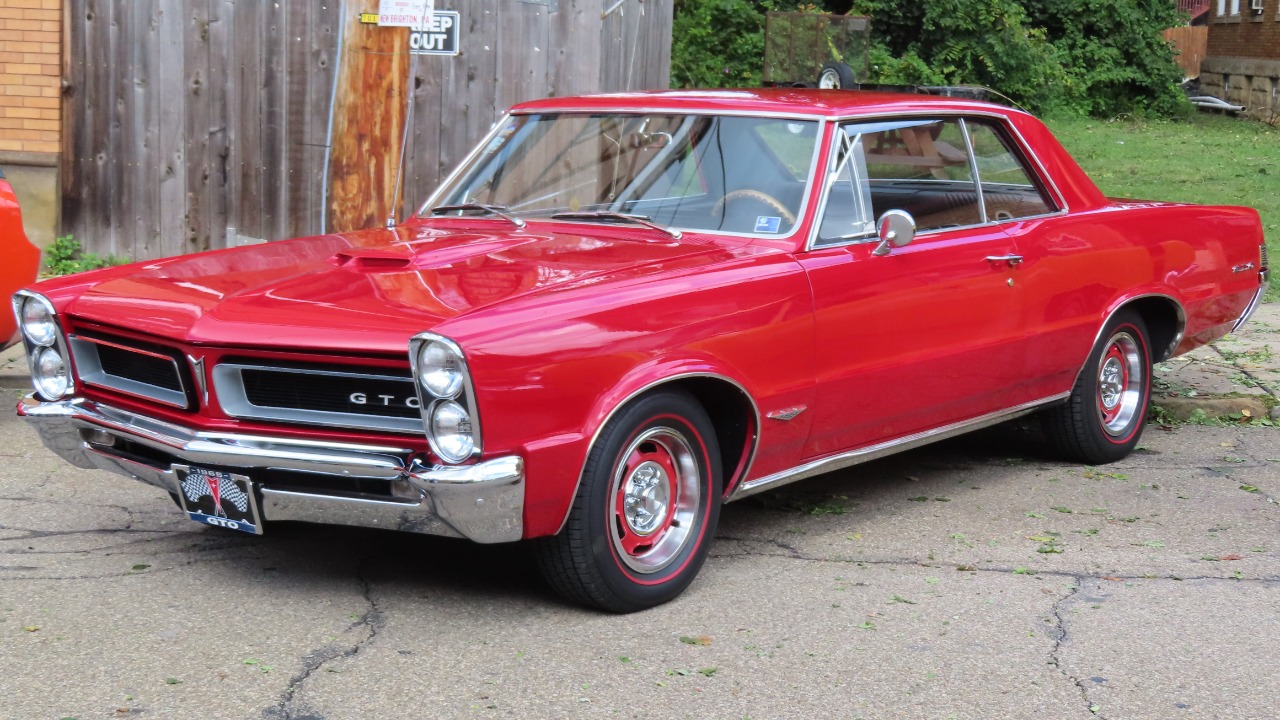
The 1965 GTO marked an important styling update over its 1964 debut. Pontiac designers gave it a split grille with stacked headlights, crisper body lines, and subtle trim tweaks that made it look lower and wider. It wasn’t about aerodynamics—it was about attitude.
Under the skin, the GTO could be ordered with heavy-duty suspension, stiffer springs, and larger sway bars. These upgrades, combined with a stronger frame, made it handle better than most mid-size cars of the day. The result was a street machine with presence to match its performance.
The Powertrain: The 389 V8 and Tri-Power
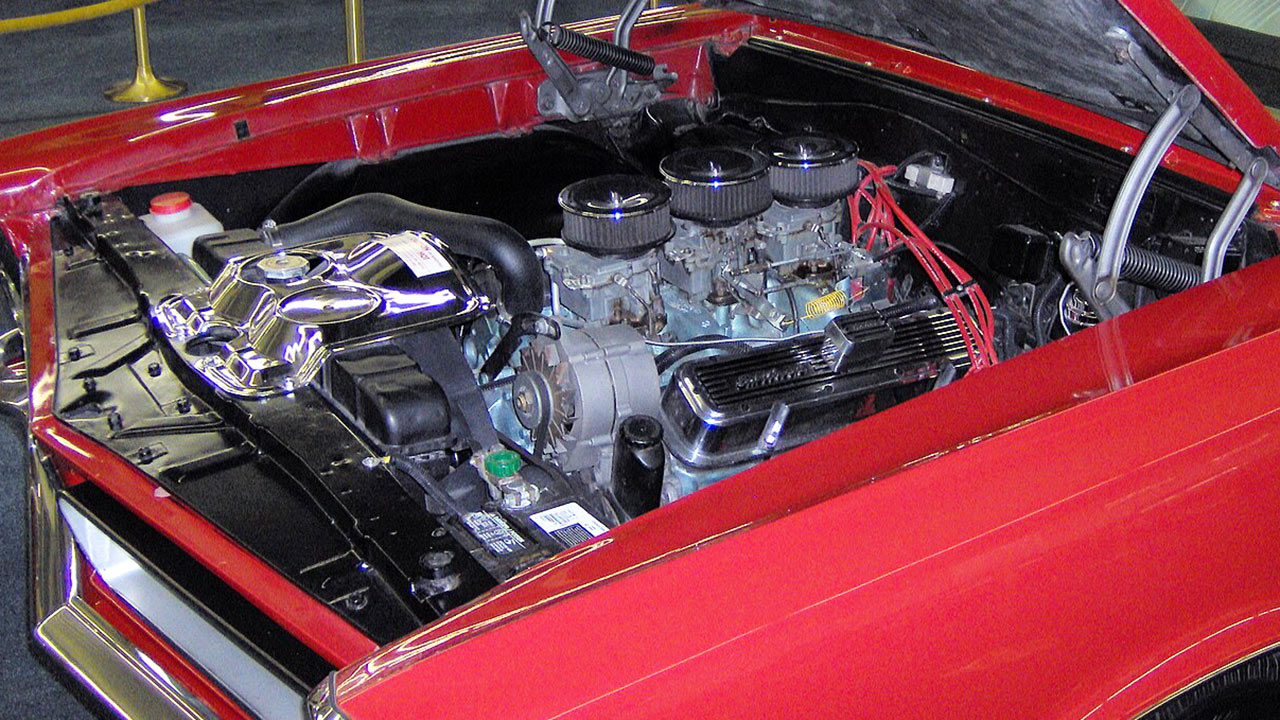
At the heart of the ’65 GTO was Pontiac’s 389 cubic-inch V8, offered with either a single 4-barrel carburetor rated at 335 horsepower or the famous “Tri-Power” triple 2-barrel setup producing 360 horsepower.
Buyers could choose from a standard 3-speed manual, an optional 4-speed, or a 2-speed automatic. The combination of big-block torque and close-ratio gearing made it a serious threat both on the street and at the drag strip.
Real-World Performance
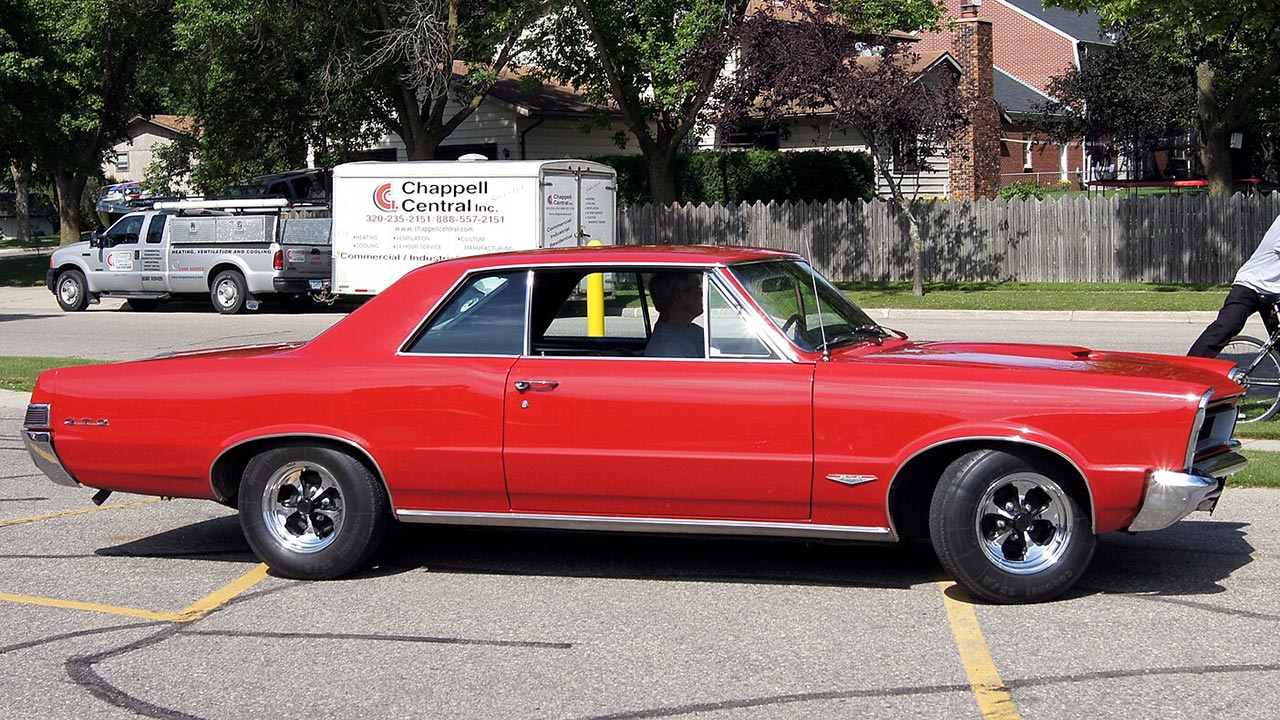
Magazine tests in 1965 showed the GTO’s speed wasn’t just marketing hype. A Tri-Power 4-speed model could hit 0–60 mph in about 6.1 seconds and run the quarter-mile in the high 14s—numbers that put it at the top of its class.
The wide torque band of the 389 meant you didn’t have to wring it out to get moving quickly. Whether cruising or racing, the GTO delivered strong, immediate acceleration that backed up its aggressive look.
Cultural Impact: The Muscle Car as a Lifestyle
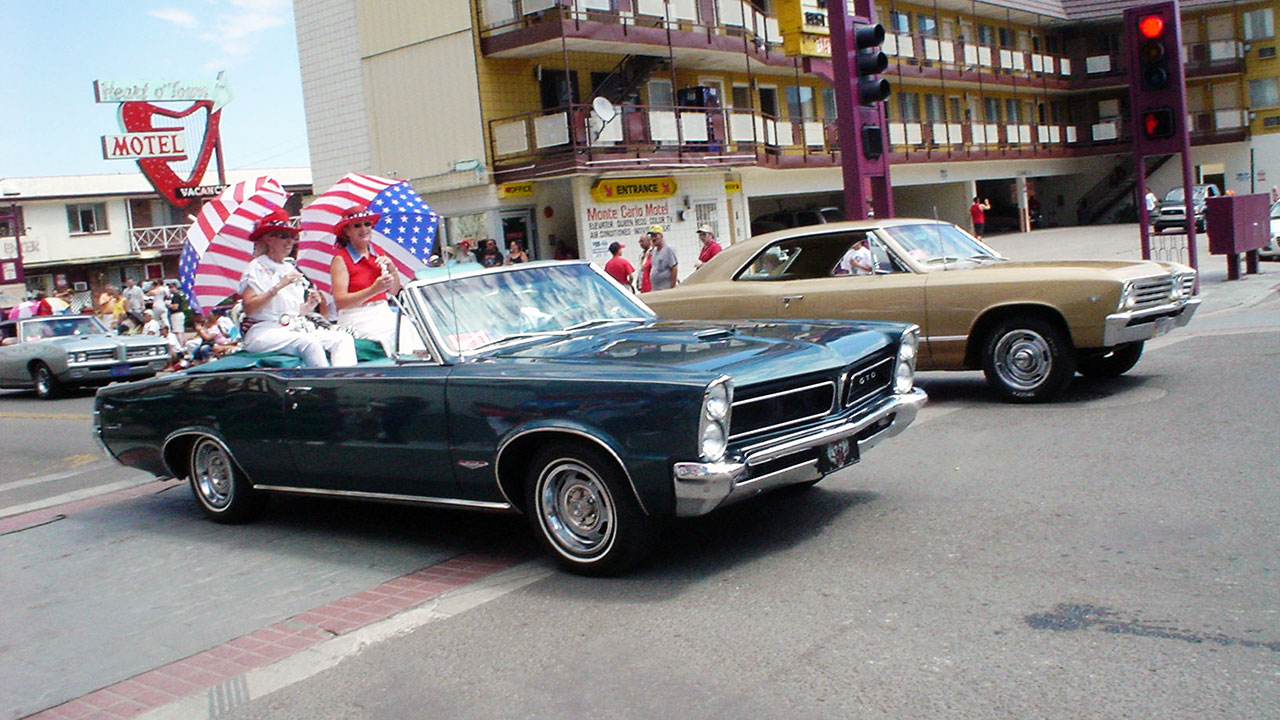
The 1965 GTO wasn’t just a car—it was a cultural shift. It appealed to a younger generation that wanted speed, style, and an affordable price tag. Owning one meant you weren’t just driving to work—you were making a statement.
It quickly became a fixture in American pop culture, appearing in songs, movies, and magazines. The GTO symbolized freedom, rebellion, and a love of performance, influencing car culture well beyond the ’60s.
Influence on the Competition

While the Mustang debuted months before the GTO’s 1965 update, the GTO’s sales success proved there was a market for big-engine, mid-size performance cars. It pushed rivals like Chevrolet, Oldsmobile, Buick, and Chrysler to roll out their own muscle models.
The GTO helped launch the “muscle car wars,” with Detroit automakers in a constant battle to build faster, more powerful, and more stylish cars year after year.
Legacy and Collectability
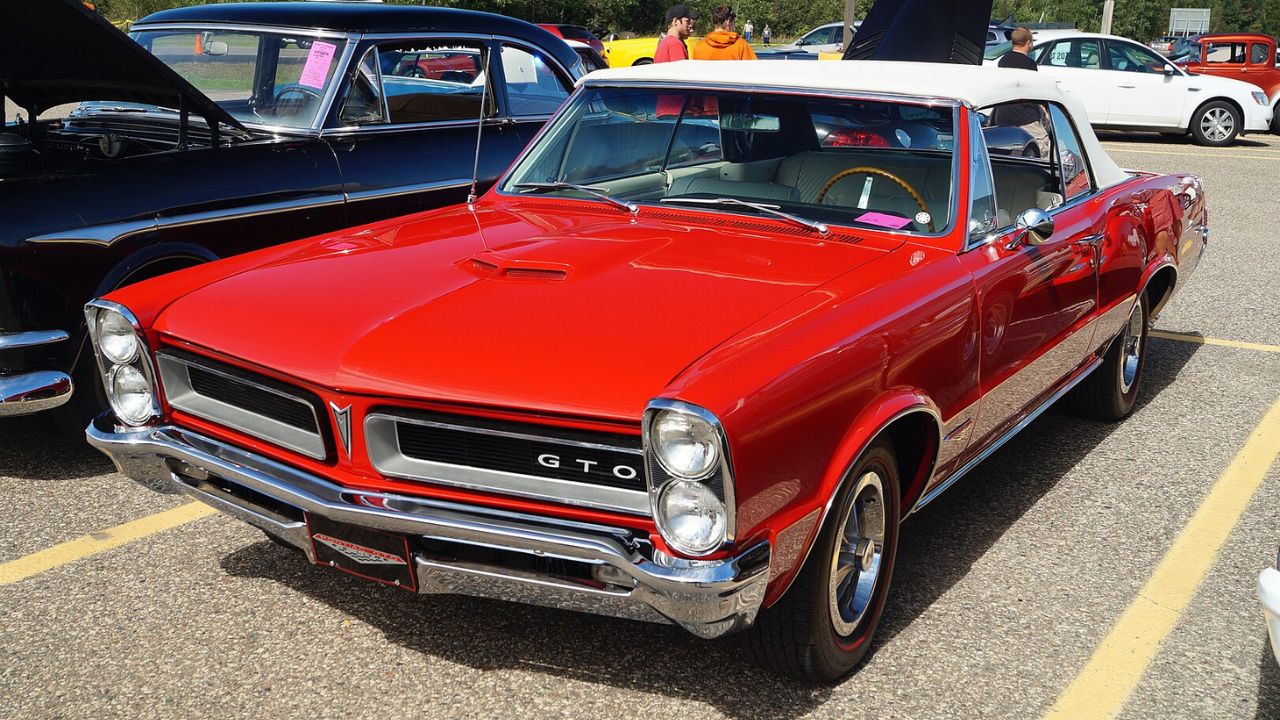
Today, the 1965 GTO is one of the most collectible Pontiacs ever built. Tri-Power, 4-speed, and convertible examples command premium prices at auction, with pristine cars regularly selling for $70,000 or more.
Its blend of good looks, strong performance, and historical significance makes it a fixture at car shows and a crown jewel in muscle car collections.
The Enduring Spirit
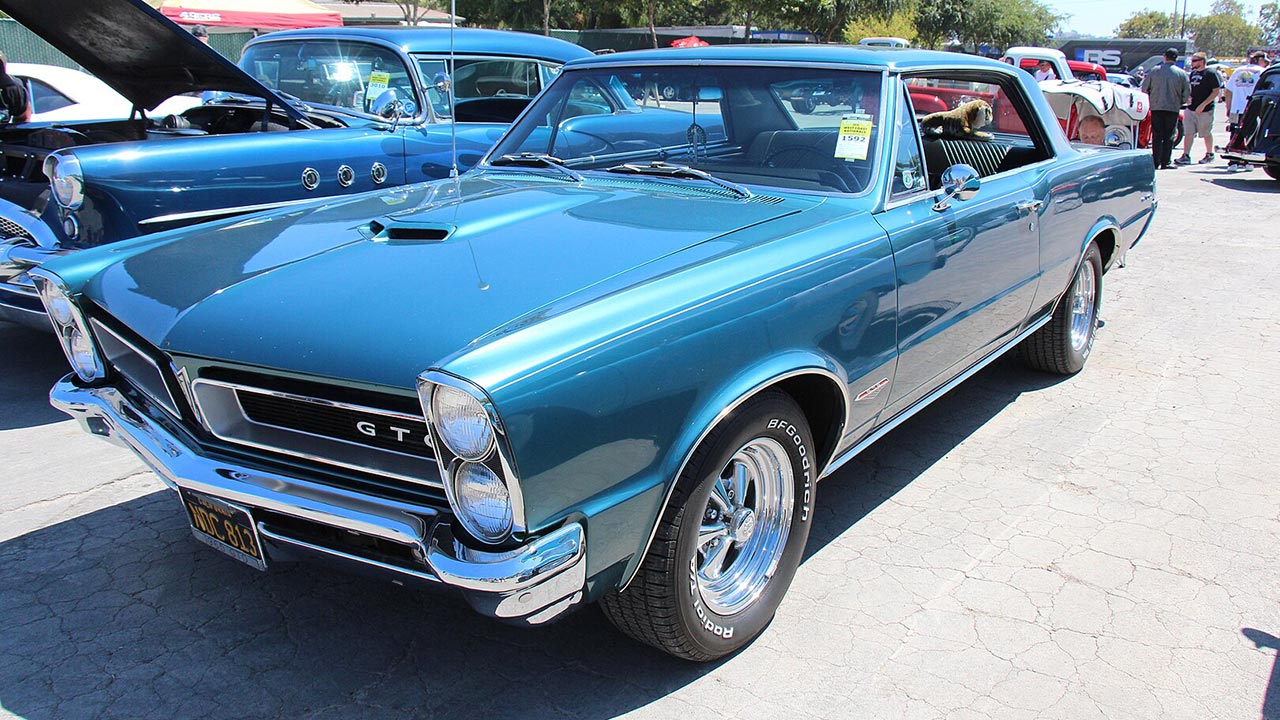
The 1965 Pontiac GTO didn’t invent the muscle car, but it perfected the early formula. It offered style, speed, and accessibility in a way that resonated with an entire generation of drivers. Nearly 60 years later, the GTO remains a benchmark for what a muscle car should be—fast, loud, and unforgettable.
Like Fast Lane Only’s content? Be sure to follow us.
Here’s more from us:
*Created with AI assistance and editor review.

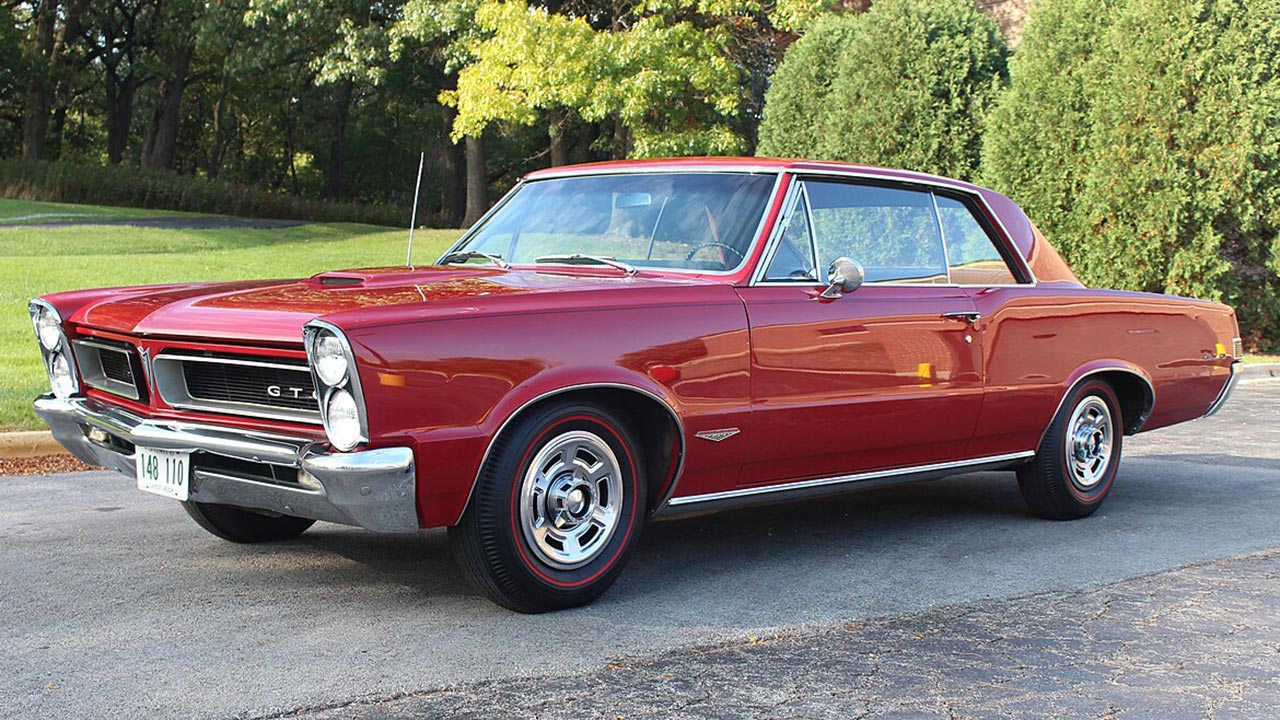
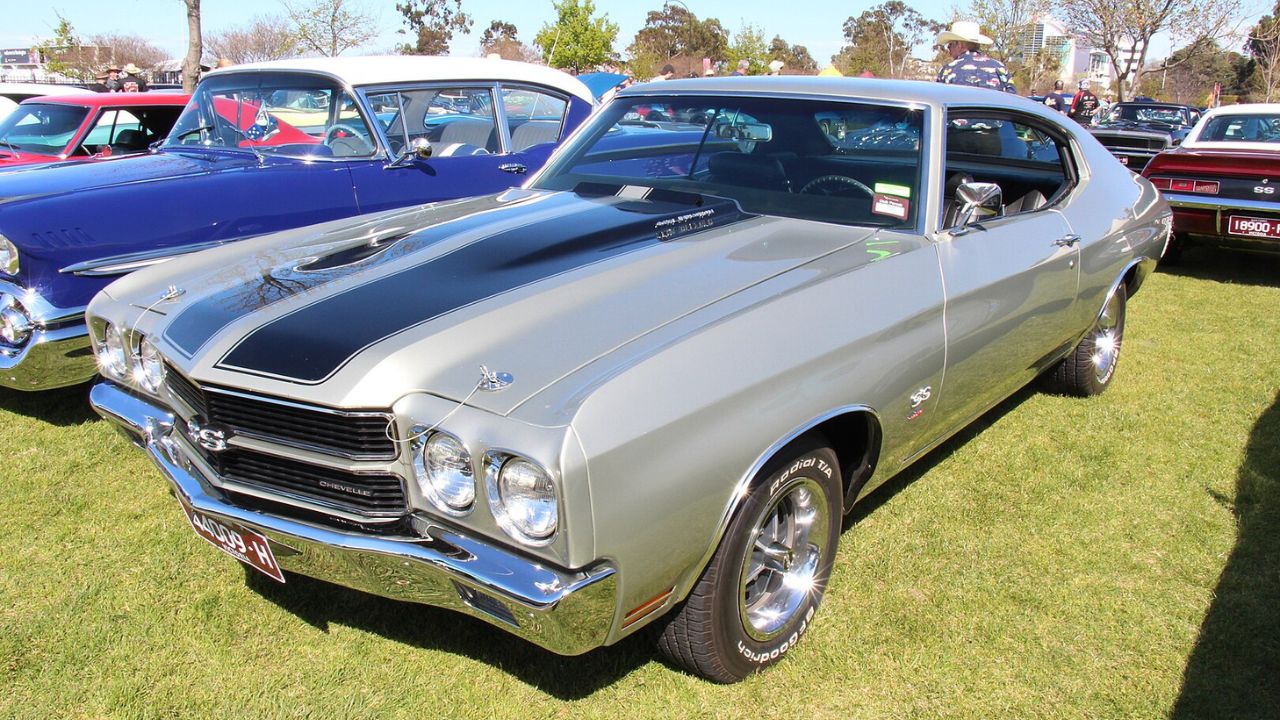



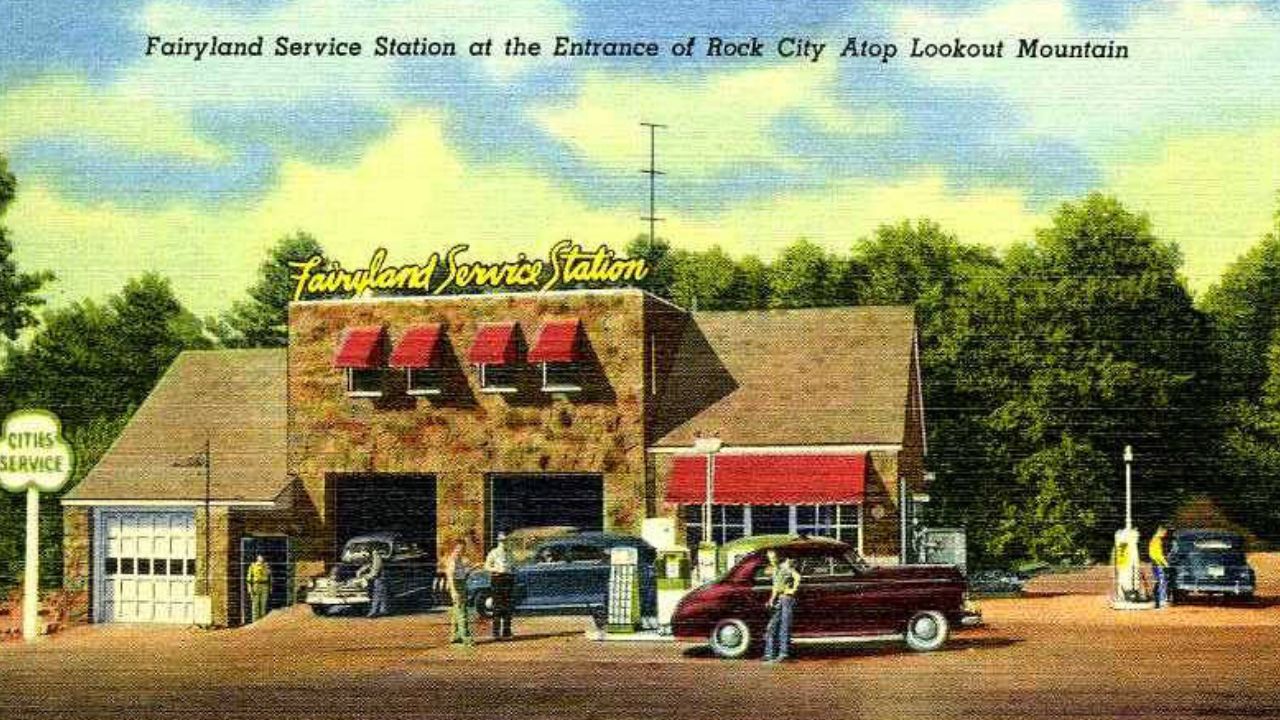
Leave a Reply